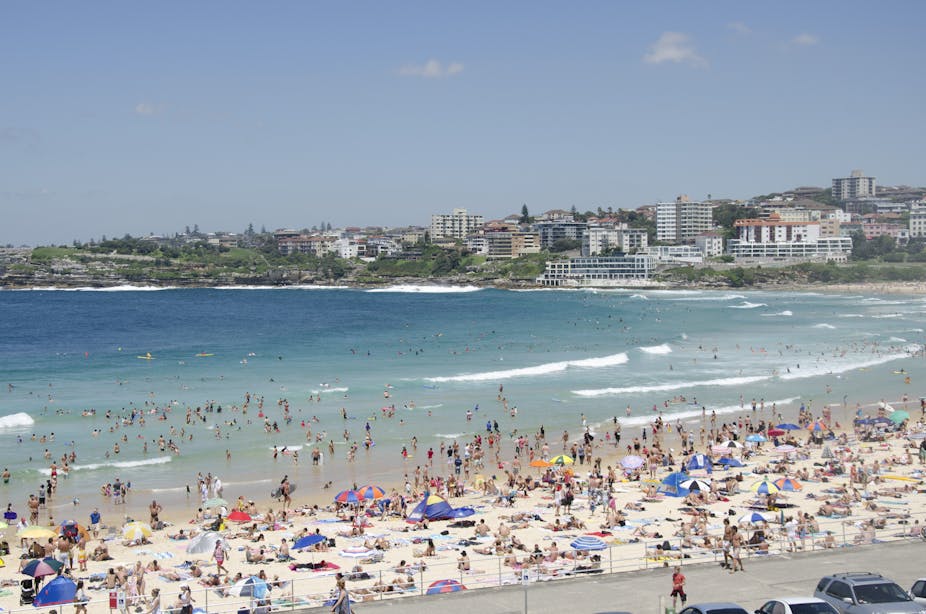Tsunami waves more than a metre high could threaten Australia’s south east coast, according to new research. But people would likely have time to get out of the way, with several hours warning possible.
University of Queensland researchers modelled undersea earthquakes near New Zealand and found they could produce waves more than 1.5 metres high along the New South Wales, Victoria and Tasmanian coastlines, and more than 2.6 metres high along the coastlines of Maria Island and Gabo Island off Tasmania and Victoria. The results were published in Pure and Applied Geophysics.
Associate professor Huilin Xing, who led the study, said the risk of tsunamis to the east Australian coast has been “neglected for a long time”.
“The Western Australian coast has been studied due to the large earthquakes occurring in Indonesia, especially following the Indian Ocean Tsunami of 2004.”
Risk difficult to quantify
Professor James Goff, a tsunami scientist at University of New South Wales, said scientists had always known about the risk to east coast Australia, but it was encouraging to see numerical modelling back it up.
He said although modelling was useful for estimating the size of such events, it could be difficult to get it right. This complexity was demonstrated by the difficulties modellers faced when reconstructing the effects of the 2011 tsunami in Japan.
Professor Goff also said tsunamis on the eastern Australian coastline were “no small problem”. Research published in 2009 showed more than 330,000 people lived within one kilometre of the New South Wales coastline. More than 400,000 properties, with a combined value of more than A$150 billion, were built within three kilometres of the sea.
The study said there would most likely be enough time to evacuate if well-prepared as it could take a tsunami more than two hours to reach the shore.
Professor Xing said that while his study focused on modelling offshore tsunami hazards in ocean trenches, more research needed to be done on potential sources of tsunamis closer to the coast.
Professor Goff also said there were “other sources of concern” such as ocean trenches to the north of New Zealand, as well as other non-earthquake events such as the “threat of submarine land-sliding off Australia’s continental shelf”.

